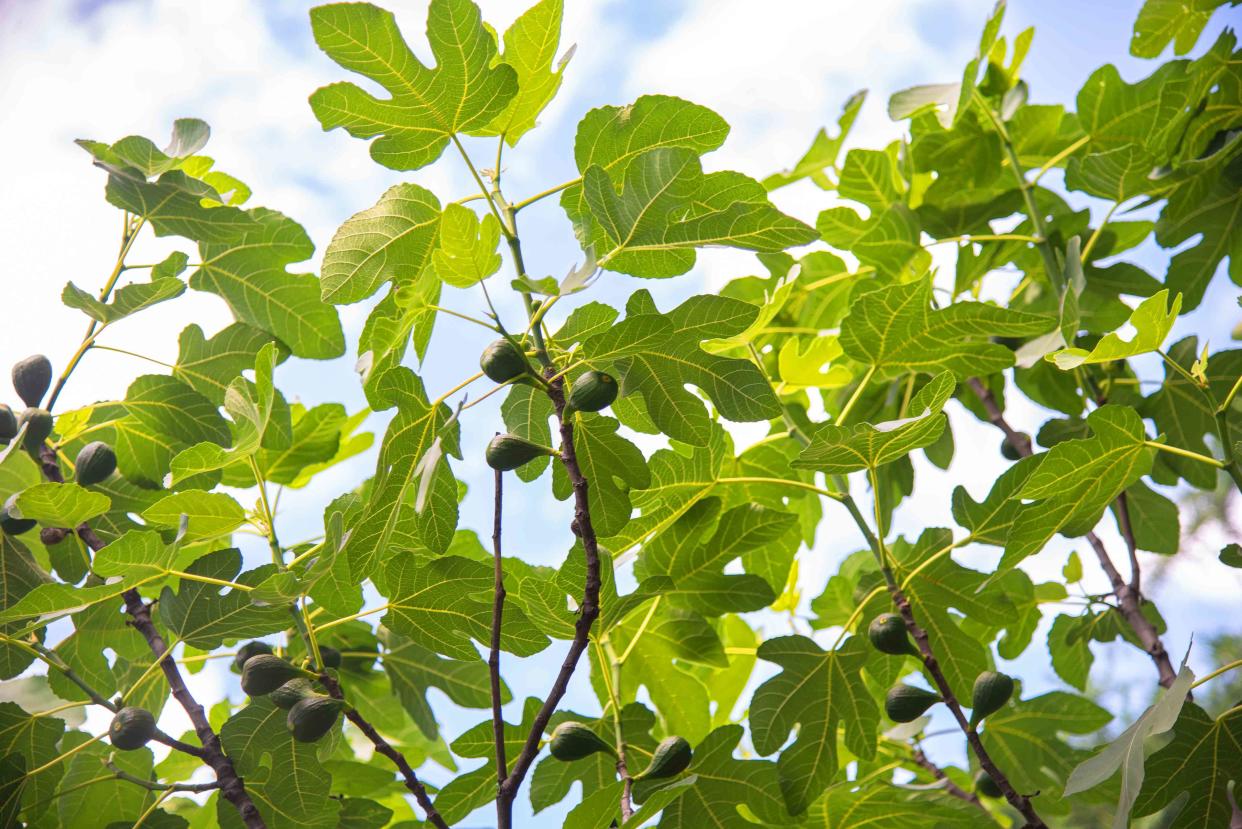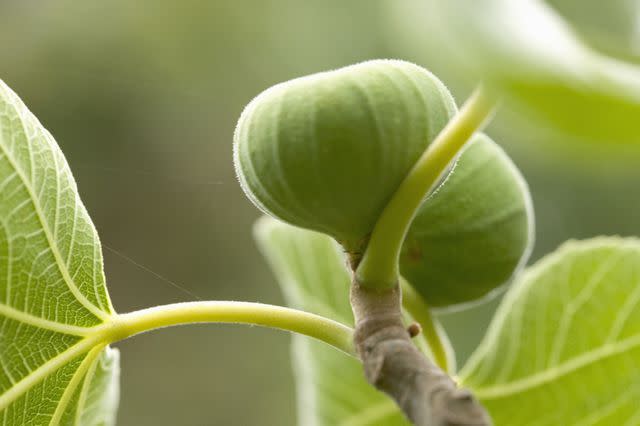How to Properly Prune a Fig Tree to Maximize Fruit and Growth

The Spruce / Evgeniya Vlasova
The common fig tree (Ficus carica) is an attractive plant that can produce a good deal of edible fruit through proper pruning. Beyond increased fruit production, there are other reasons for putting your pair of pruners to work on your plant, especially if you are growing it in a small yard or in a pot.
Read on for our best pruning tips for fig trees.
Fast Facts on Pruning Fig Trees
Prune a fig tree early in its life to begin establishing the shape you wish it to take on.
All pruning should be done during the plant's dormant season.
Pruning is great for your fig tree—the plant will bear more fruit if pruned properly.
Why Fig Trees Benefit from Pruning

There are several reasons why common fig trees benefit from pruning:
Pruning removes older growth and stimulates new growth. A tree with more new growth on it will be healthier.
If your fig tree is in a container, it may outgrow it without proper pruning.
You will be able to harvest more fruit through proper pruning.
It is great tree maintenance to remove suckers; damaged, dead, or diseased limbs. It is also standard practice to "open up" a canopy through pruning to promote air circulation.
How to Prune Fig Trees
With your first pruning, reduce the size of the plant by half. At this point, you are training the tree by making it more compact.
In the second year, pruning should continue the training process. You are creating a basic framework that will determine the shape of the tree for the rest of its life.
Ensure that the limbs you select are evenly distributed so that they have plenty of room to grow.
Beginning in the third season, remove any new branches that would compete with the fruiting wood. Select the limbs that grow off the fruiting wood that you want to keep.
Remove the ones growing at less than a 45-degree angle from the main branch. These are growing at an unsustainable angle and will be weak.
Prune back the length of the fruiting wood by a third to keep the plant compact.
Pruning Tip
Always wear gloves to protect yourself while pruning. When you cut into a fig tree, a milky sap will come out that can irritate the skin.
When to Prune Fig Trees
Prune fig trees when they are in their dormant season twice a year, in the early spring and late fall. They are dormant all winter, but you can prune them as soon as the leaves of these deciduous trees fall from the branches in autumn.
It is especially critical to prune a newly planted fig tree during its first dormant season. If you wait too long, the plant's growth will start to get ahead of you. It is easiest to establish the desired shape when the tree is young.
The reason for selecting the dormant season for pruning fig trees is that they are one of the "bleeding" trees (trees that ooze liquid when cut). This bleeding increases the likelihood of disease. Pathogens have an opportunity to enter the plant through the wound. But less bleeding occurs during dormancy than at other times, making it the safest time to prune.
3 Tips for Growing Figs
In warmer climates, grow a fig tree in partial shade; in cooler climates, grow it in full sun.
Fig trees reach 10 to 20 feet tall or more (30 feet is common in warm climates), but you can keep them smaller through pruning.
Fig trees can be grown in USDA zones 5 to 10. But in the northern half of that range, they must be protected from the cold temperatures of winter.
Read the original article on The Spruce.

